17 ways technology will change our lives by 2050
We could start seeing delivery drones finally start making deliveries in the next two years.

A Hyperloop could take us in between cities in just six years.
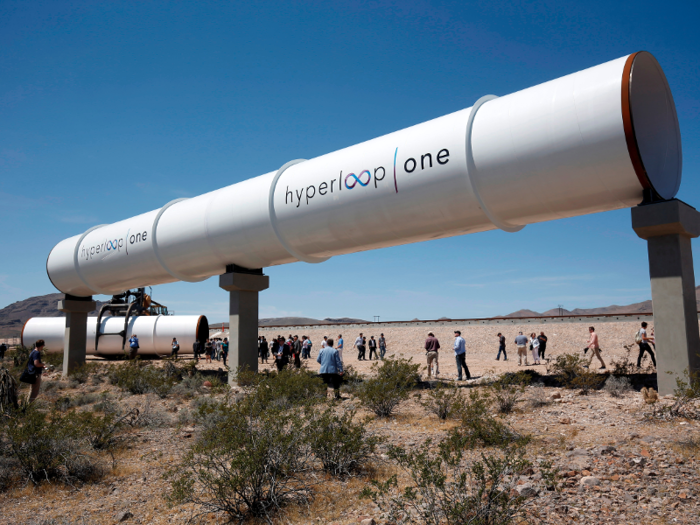
We already know we're getting closer to seeing a Hyperloop, a high-speed propulsion system, after seeing the first test run by start-up Hyperloop One in May. Hyperloop One has actually partnered with the City of Moscow to bring one to Russia.
Pearson said he expects to see a short-range Hyperloop that transports people between two cities in five to six years time.
Machines could start thinking like humans as early as 2025.
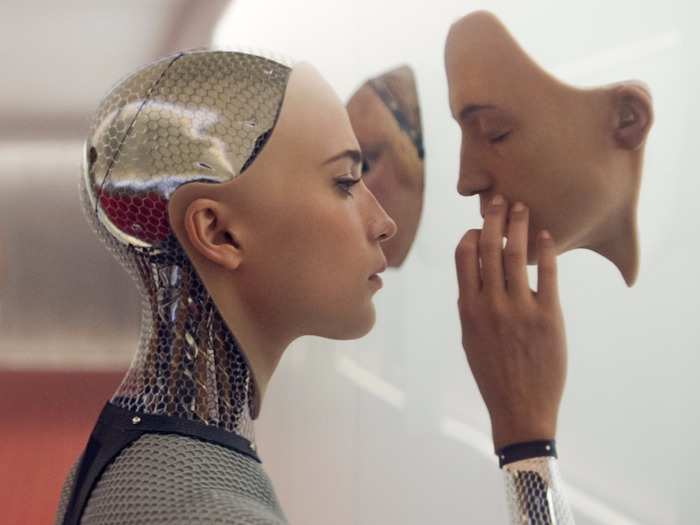
Pearson said he thinks it's very feasible that computers could gain consciousness by 2025, perhaps even earlier in 2020.
"Google's DeepMind isn't there yet, but really I'm sure they'll probably discover those things along the way, and by 2020, it's possible their computer could be superhuman and could be conscious," he said. "That could be the beginning of the end, really."
Space trips designed to send people to Mars could start taking place in 2030.
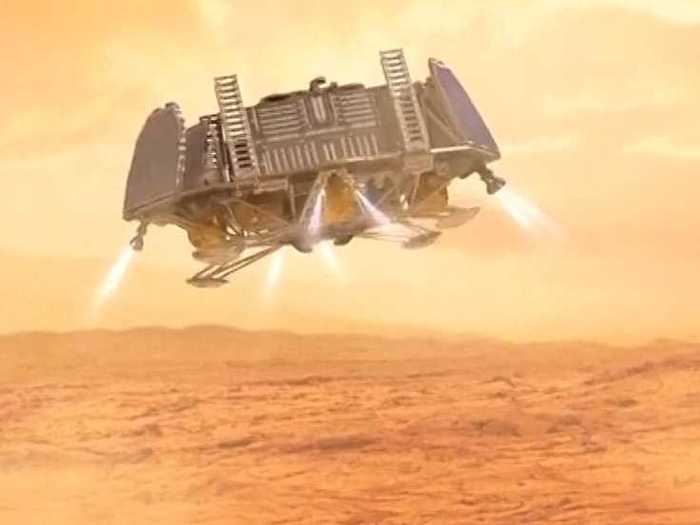
That prediction actually gives Musk some leeway in realizing his vision of getting people to Mars. Musk said at Vox's Code Conference in June said he plans to send astronauts to the red planet in 2024 so they get there by 2025.
"We will see first people going off to mars, and then robots will do some basic stuff like making basic materials [on Mars,]" Pearson said. "We're going to have to do that because only so much can be brought to space."
Prosthetics could get so advanced in the next 10 years they could give people new skills.
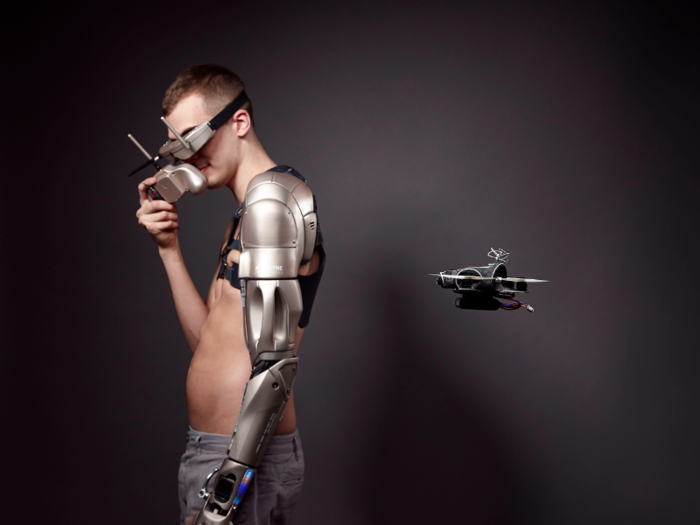
We've started seeing people use advanced prosthetics already. James Young, a 25-year-old biological scientist, has a prosthetic arm with a personal drone and built-in flashlight. And a French artist is using a prosthetic that doubles as a tattoo gun.
Pearson said prosthetics will continue to get more advanced to the point where people are fully comfortable with technology merging with the body. For example, he said people could choose to get cybernetic implants in their legs to make them stronger.
Clothing could give people superhuman skills in the next 10 years.
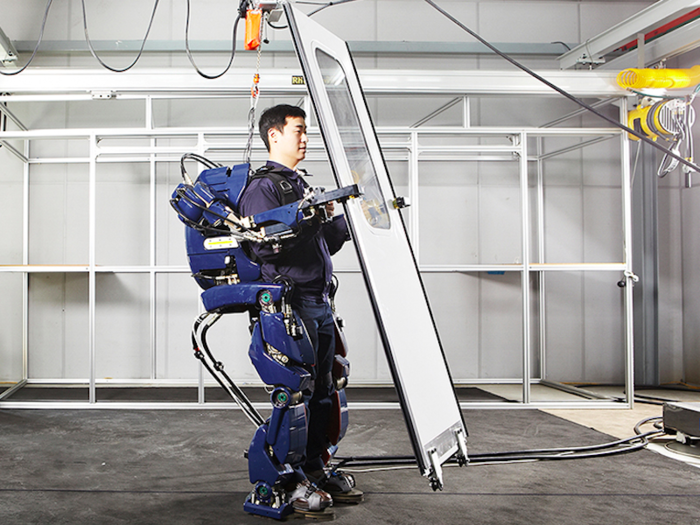
The most obvious example of this is the exoskeleton suit, Pearson said. Hyundai recently created an exoskeleton suit that can make heavy lifting easier.
But Pearson said he can also envision other kinds of advanced clothing, like leggings that make it easier to walk and run. Or a Spiderman-like suit made with Polymer gels that can improve strength.
Virtual reality could replace textbooks during the next decade.
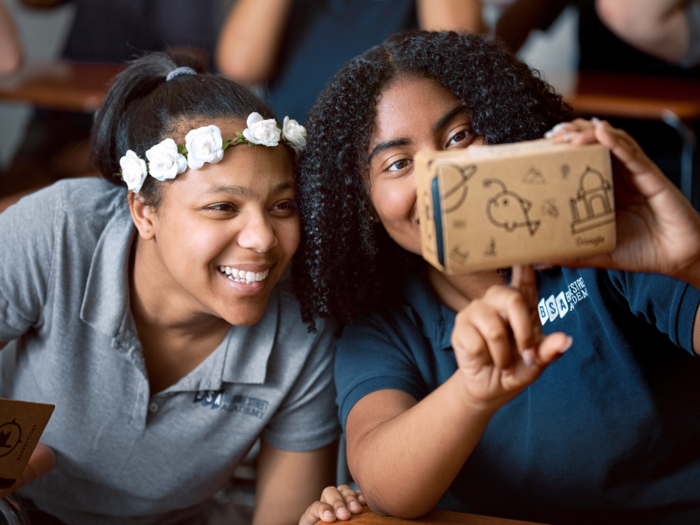
"You could take students to an environment in the past and show them what was happening, like watching a battle taking place," Pearson said. "You can explain that sort of thing more easily if they can see it happening, than if you are looking at a textbook."
Google's Expedition App already lets students take trips in VR to places like the Great Barrier Reef. The app first launched in beta form in September.
The smartphone will become obsolete by 2025.
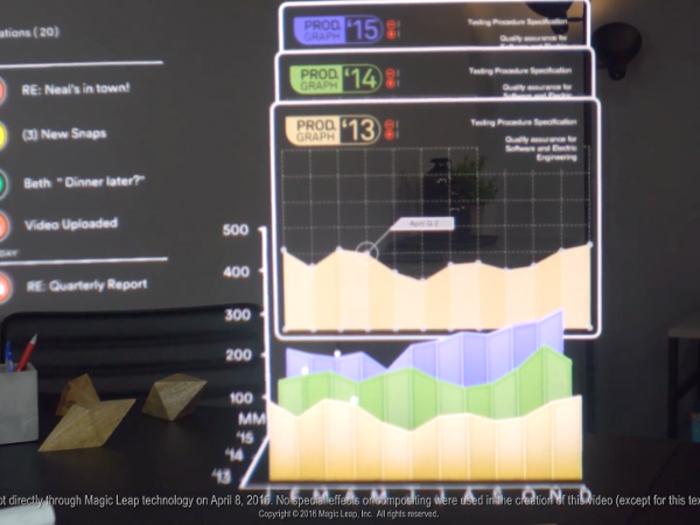
Pearson said by 2025 smartphones will be rendered obsolete thanks to advancements in augmented reality.
"If it's 2025 and you have a smartphone, people will laugh at you," he said.
It will be possible to pull up screens in AR via a tiny bracelet or other piece of jewelry in the next 10 years, making it unnecessary to carry around a smartphone. Companies like Magic Leap are working to bring AR into the mainstream.
Self-driving vehicles could be ubiquitous in the next 10 years.
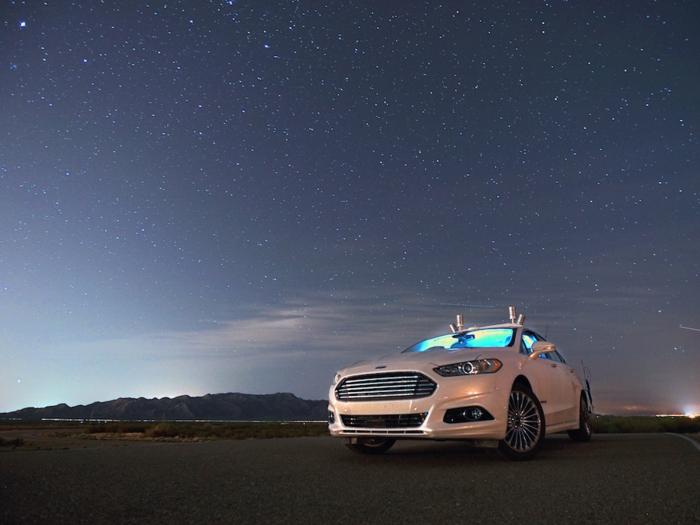
Whether that comes in the form of a car is up for debate, Pearson said.
Pearson described a ride-sharing system where people would order "cheap steel boxes" that could drive people around. The pod-like system would be a more cost-effective driverless system than something complicated like a driverless car.
Still, with so many automakers and tech companies working self-driving cars, it does seem likely we could see one in use in a decade.
3D-printing could be used to construct more houses in 20 years.

Architects around the globe have actually been racing to build the world's first 3D-printed house.
In China, a company named Winsun said it built 10 3D-printed houses in one day — each costing just $5,000. A professor at USC is working on a gigantic 3D printer that can build an entire house, with electrical and plumbing conduits.
Pearson said the ability to 3D print cheaper houses will be a major asset as cities become increasingly more crowded.
People could start using robots to do work around their house and provide companionship starting in 2030.
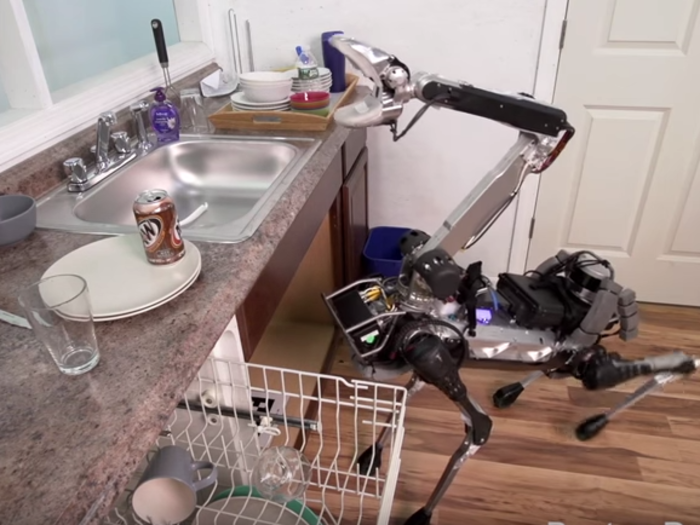
"Between artificial intelligence and robotics, we'll have quite a lot of assistant tech and some companionship since a lot of people will be living alone," Pearson said. "So companionship is one of the primary goals for future robots."
Toyota has already announced its plans to build robots geared toward assisting people around the house.
We could live in a Matrix-like virtual world by 2045.
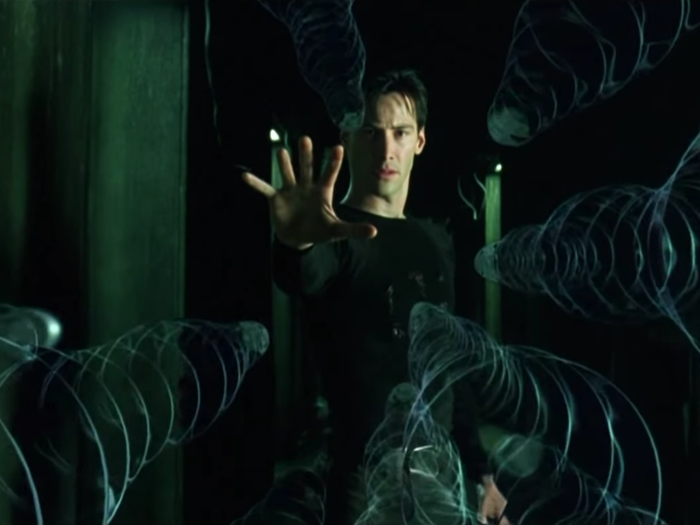
Pearson said advancements in nanotechnology will make it possible to plug our brains into computers and live in a simulated world.
"You can certainly make something a bit like the Matrix, if you wanted to," Pearson told Tech Insider. "Around 2045, 2050, you could link people's brains to the computers so much that they believe they’re living in a virtual world."
Pearson said the concept is a bit like what Tesla CEO Elon Musk outlined when he talked about neural lace at the Vox Media's Code Conference in Southern California.
Neural lace is a wireless brain-computer system that would add a digital layer of intelligence to our brain. It's a concept nanotechnologists have been working on.
People could also become Cyborgs by 2045.
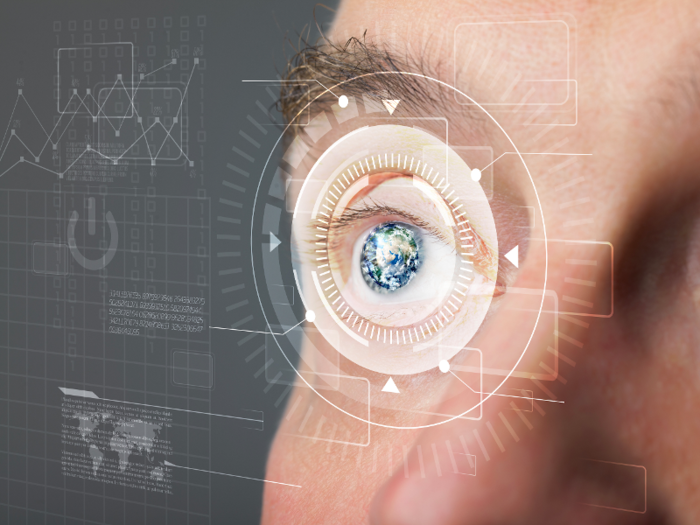
If we can link people's brains to computers by 2045, then we could use similar technology to turn people into part-machine, part-human.
That's why Pearson said he does buy into Musk's neural lace theory. But even though he thinks the technology will be ready, Pearson said he predicts government regulations will prevent most people from using it.
"I don't think it's politically possible anytime soon," he said. "I don't think we will allow technologically-enhanced soldiers with super advanced minds or executives hooked up to machines."
People could control their home settings using artificial intelligence by 2040 as well.
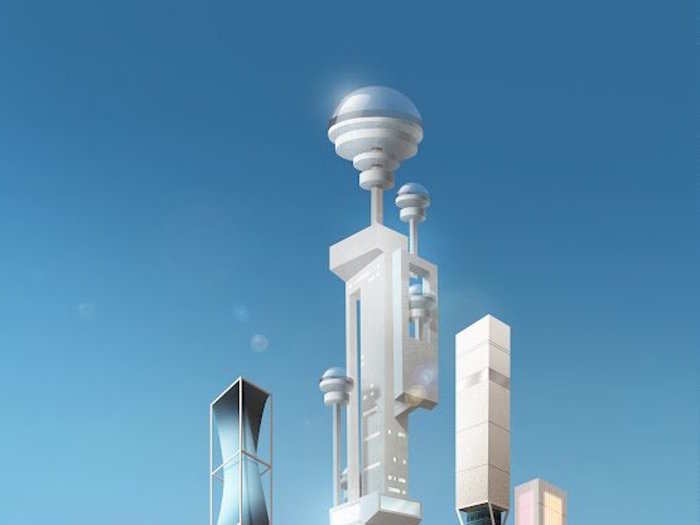
We're actually already starting to see this with products like Amazon's Echo, which lets users control the lights in their homes and access other information. By 2040, AI will be built into buildings themselves, so you can talk to the building and ask for adjustments in temperature or lighting.
"Artificial intelligence will be a big home servant," Pearson said.
Super tall buildings could function like mini-cities in the next 25 years.
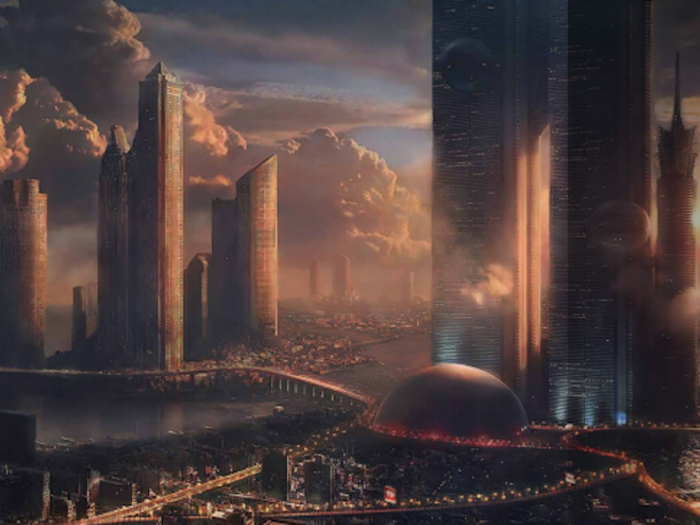
Pearson also highlighted this in a report he put together with construction equipment rental company Hewden.
More cities will elect to create high-rise buildings with floors dedicated to gyms, residential space, and office work to accommodate the influx of people that will move into cities over the next two decades, Pearson said.
We could rely entirely on renewable energy by the year 2050.
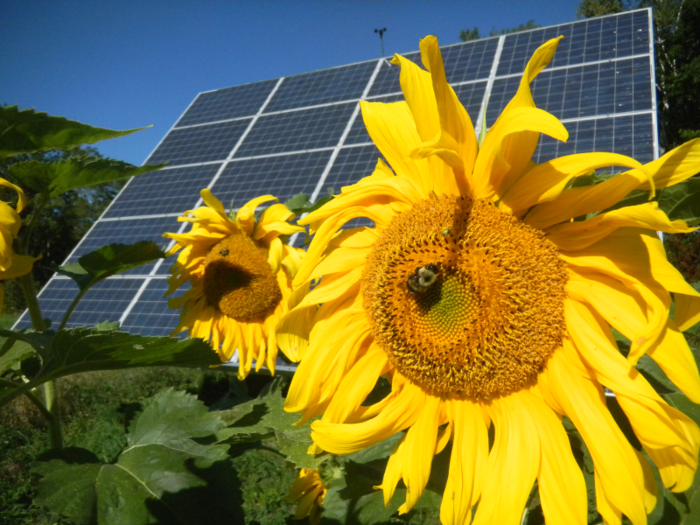
Pearson said we won't need to use fossil fuels to power things on the ground, like houses and cars, by 2050, but that it will still be necessary to run planes.
Improvements in underwater cabling will allow countries to use solar power from places like the Sahara Desert to power their entire country. The ability to draw solar energy from areas with more access to sun will increase our reliance on solar power over time.
"I'm very optimistic that maybe by 2030 we might start seeing these very large solar farms appearing in the Sahara," he told Tech Insider.
He added that nuclear fusion is also on track to power homes by 2045. China actually hit a huge milestone recently when it was able recreate solar conditions for well over a minute at its nuclear fusion plant.
"We don't need fossil fuels on the ground past 2050," he said.
Space tourism could be feasible in 2050, but likely only for the very wealthy.
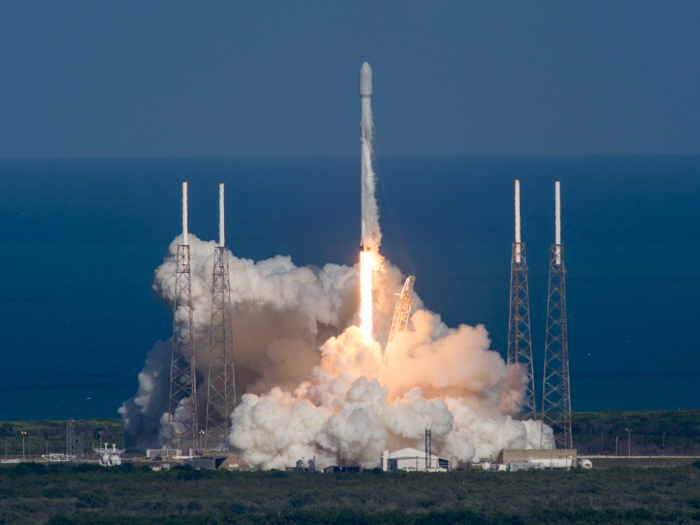
Pearson said rocket companies like Jeff Bezo's Blue Origin and Elon Musk's SpaceX will push the envelope with space travel enough that tourism will be feasible in the year 2050.
"Someone who could afford to pay 100 million quid could spend a week in orbit... but it would only be for rich people in 2050." he said. "It's not going to be something that's cheap anytime soon."
Popular Right Now
Popular Keywords
Advertisement